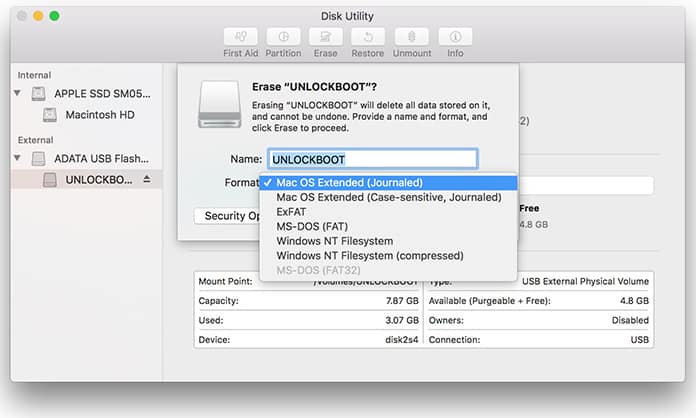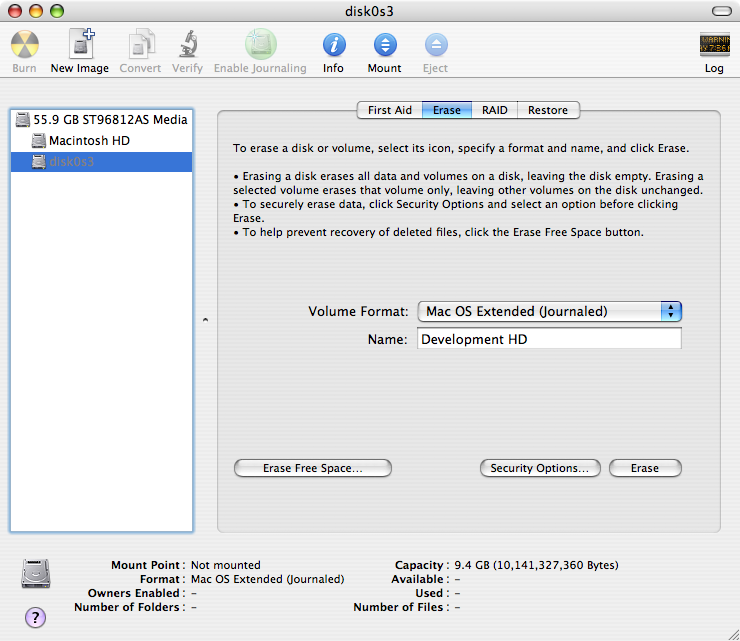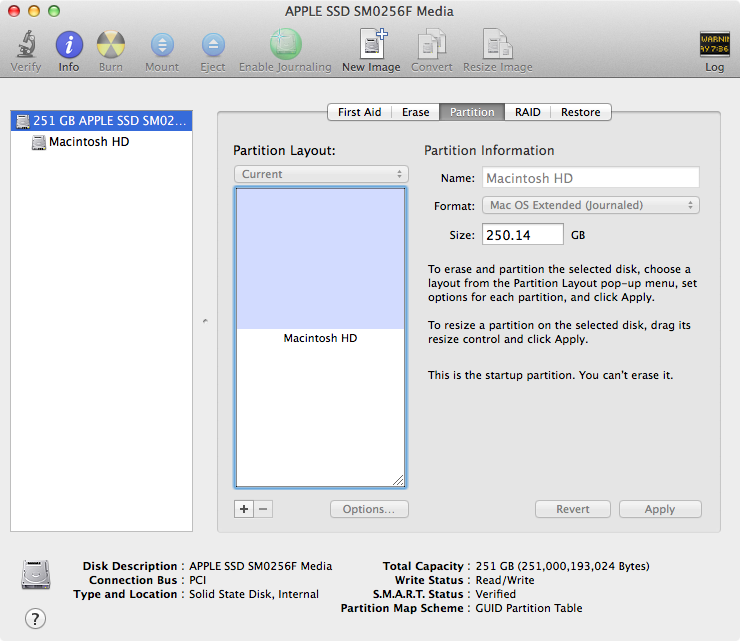

Convert External Drive to APFS Without Erasing Data Frequently Asked Questions for Converting External Hard Drive to APFS Part 1. Alternative Solution for Converting HDD/SSD to APFS (Paid) Part 4. Convert External Hard Disk to APFS Format on Mac by Formatting (Free) Part 3. 2 Ways to Convert External Drive to APFS Without Erasing Data (Free) Part 2. Here in the following, 4 methods for how to convert external hard drive to APFS guide are introduced. Is it possible to convert an external drive to APFS for Mac? For sure, you can. It’s better for people who work with iMac or MacBook running on 10.13 or later to convert external hard drive to APFS if he or they want to enjoy a better experience of using the hard drive. It has decreased the file crash issue, and prevent serious or frequent data loss issues. Compared with HFS+, APFS is more stable while working. Unlike HFS+ and any other file system, which saves data on partition with blocks, namely fragmenting the files, APFS saves files in the partition as complete files. All the data transferring or copying can be done in real time. There will be no freeze or sluggish for file transferring. Compared with the HFS+, it has multiple advantages.

That’s why you need to convert external hard drive to APFS.ĪPFS is short for Apple File System, which was introduced in 2006 and was the default file system for macOS High Sierra and later. If you usually use it on a Mac, NTFS is not compatible, and HFS+ though compatible, but not the most suitable and powerful file system. Most external hard drives are in NTFS (compatible with Windows PC) or HFS+ (compatible with macOS) format. If the Security Options button is not available, Disk Utility cannot perform a secure erase on the storage device.Updated to Troubleshooting Tips by William on | Approved by Daryl BaxterĮxternal hard drives are used to store important files and it’s easier to take them to anywhere you need. Secure erase options are available only for some types of storage devices. (Optional) If available, click Security Options, use the slider to choose how many times to write over the erased data, then click OK. If the Scheme pop-up menu isn’t available, make sure you selected the storage device you want to erase-it’s at the top of the hierarchy.Ĭlick the Format pop-up menu, then choose a file system format.

Ĭlick the Scheme pop-up menu, then choose GUID Partition Map. In the sidebar, select the storage device you want to erase, then click the Erase button. If you want to erase any other type of storage device: Double-click Disk Utility in the /Applications/Utilities folder.

Note: If you want to get your Mac ready to trade in, sell, or give away, and your computer is a Mac with Apple silicon or an Intel-based Mac with an Apple T2 Security Chip, use Erase Assistant.


 0 kommentar(er)
0 kommentar(er)
